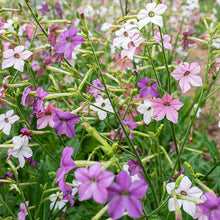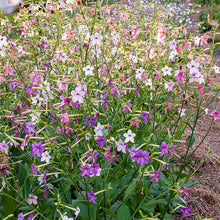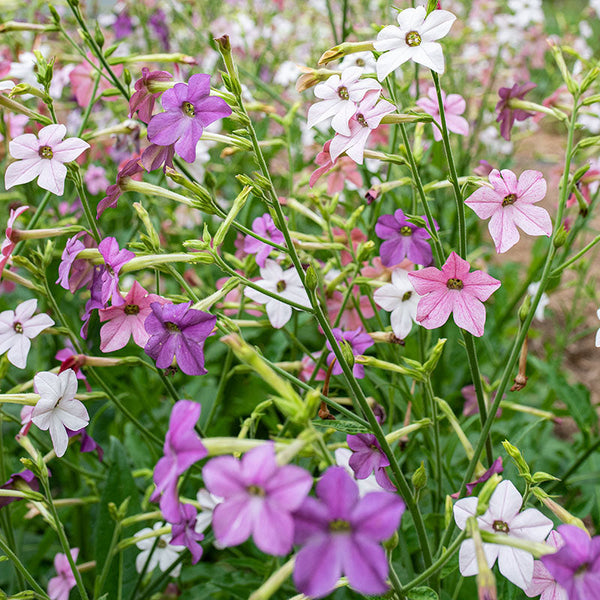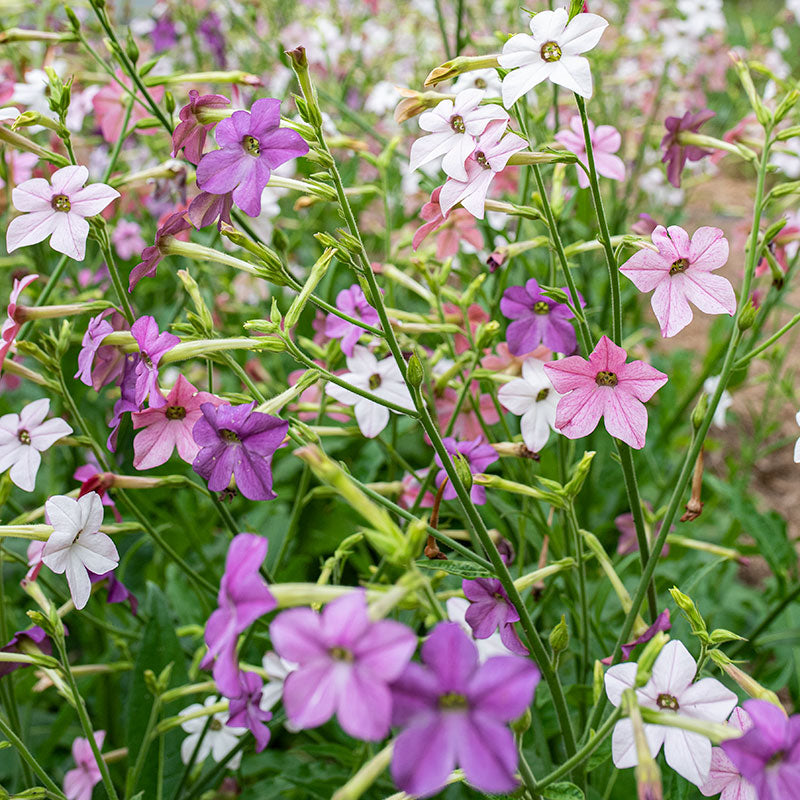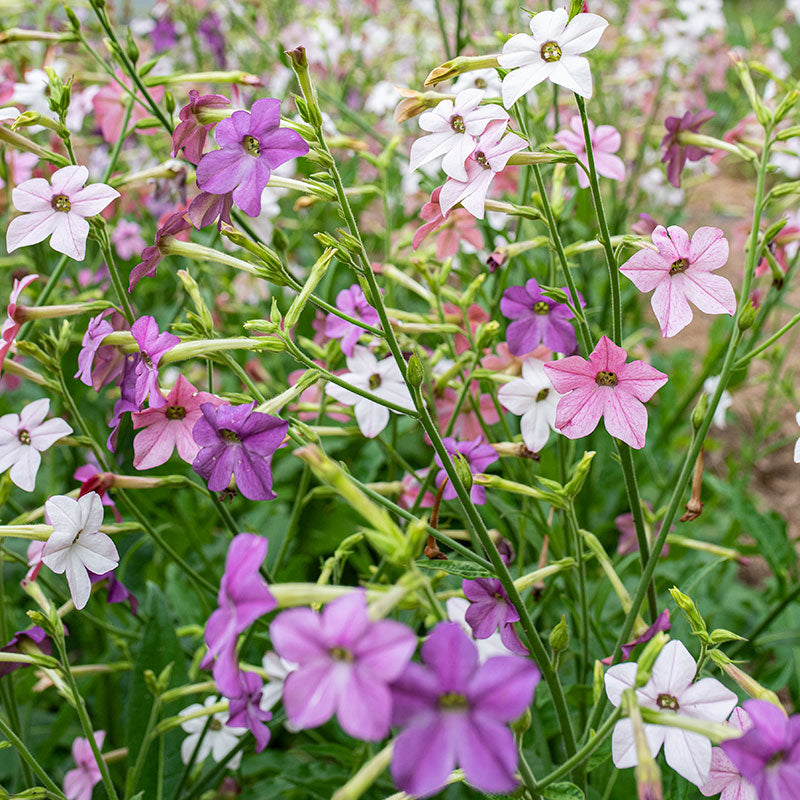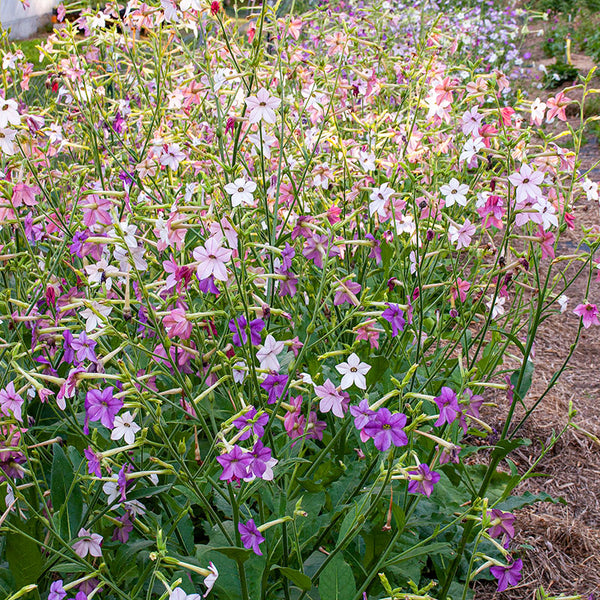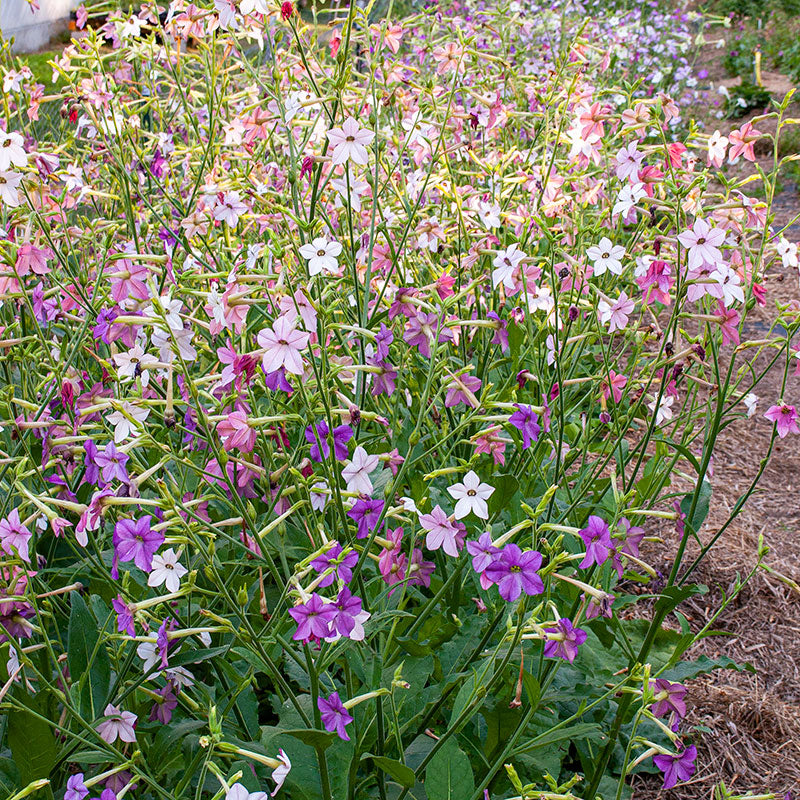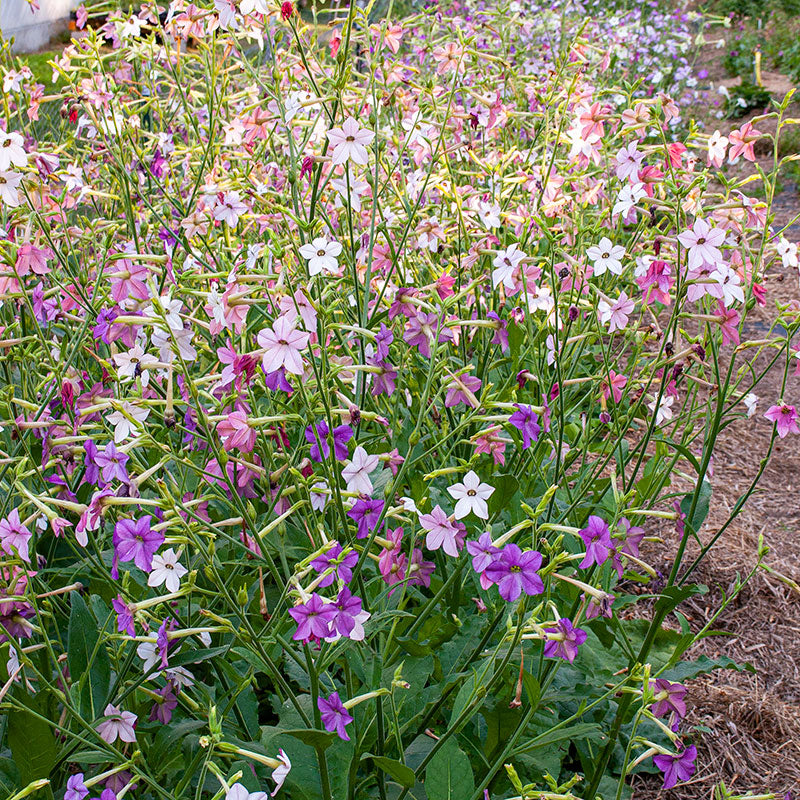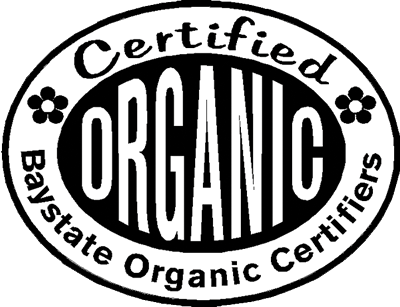SOWING INSTRUCTIONS
Depth:
Surface sow; requires light to germinate.
Seed To Bloom:
10-12 weeks
Starting Indoors:
Start indoors 6-8 weeks before last frost. Keep at 60-75°F. Sprinkle with vermiculite or cover with humidity dome to keep moist.
Starting Outdoors:
Direct sow after last frost.
PLACEMENT & CULTIVATION
Rather droopy during the day, flowering tobacco transforms as the afternoon rays of the sun lengthen, lifting their blossoms and releasing an intoxicating sweet fragrance. A mix of hues of lilac, smoky mauve, white, pink, violet, and dusky dark purple, this rare variety is right at home in cottage gardens at the back border. Hummingbirds hover and dip their beaks into the long flaring trumpet flowers and in the evening they attract pollinating moths. Deadhead for continual bloom. Self-sows. Caution: all parts of Nicotiana are poisonous.
Watering Details:
Regular, even watering; 1" per week.
Soil pH:
Prefers slightly acidic soil but is tolerant of a wide range of pH levels.
Fertilizer:
Mix in about 2" of compost prior to planting, and use several applications of organic fertilizer during the season.
Diseases & Pests:
Nicotiana can be susceptible to aphids; water sprays or insecticidal soap can safely remedy the issue. Tobacco budworms eat holes in the buds and devour seeds later in the summer. Try to hand pick them at dusk when they come out to feed. In autumn, tilling in annual beds can help destroy pupae and decrease populations the following year. Tobacco hornworm, the caterpillar stage of a hawk moth, also feeds on Nicotiana and can be controlled by handpicking. Look for the black droppings, as the green caterpillars are hard to spot, and remove immediately, as they can ravage the foliage. White eggs attached to them indicate that a predator insect has parasitized them, and the caterpillars should be left alone.
When to Cut for Bouquets:
Harvest when flowers are mostly open.






























